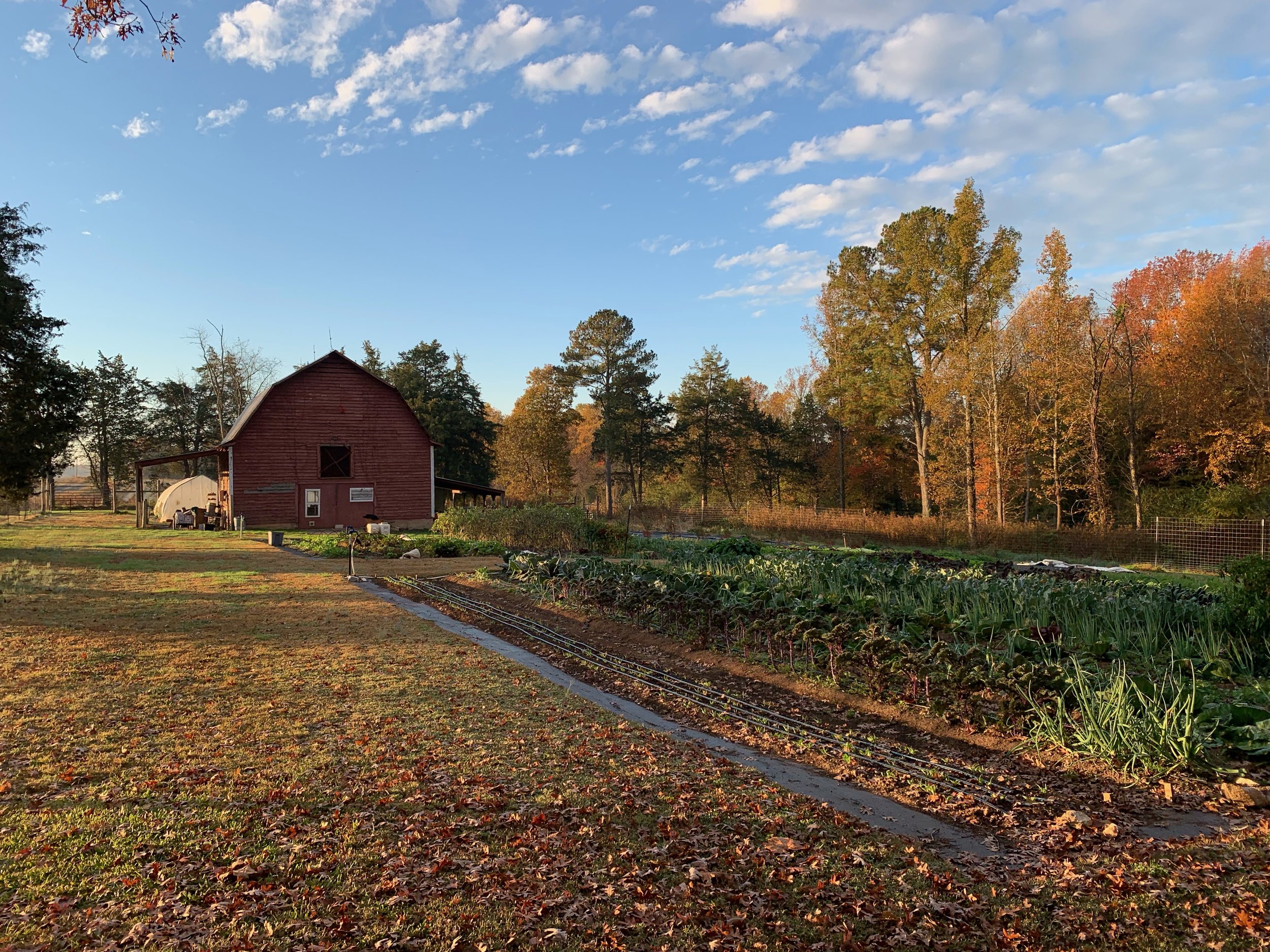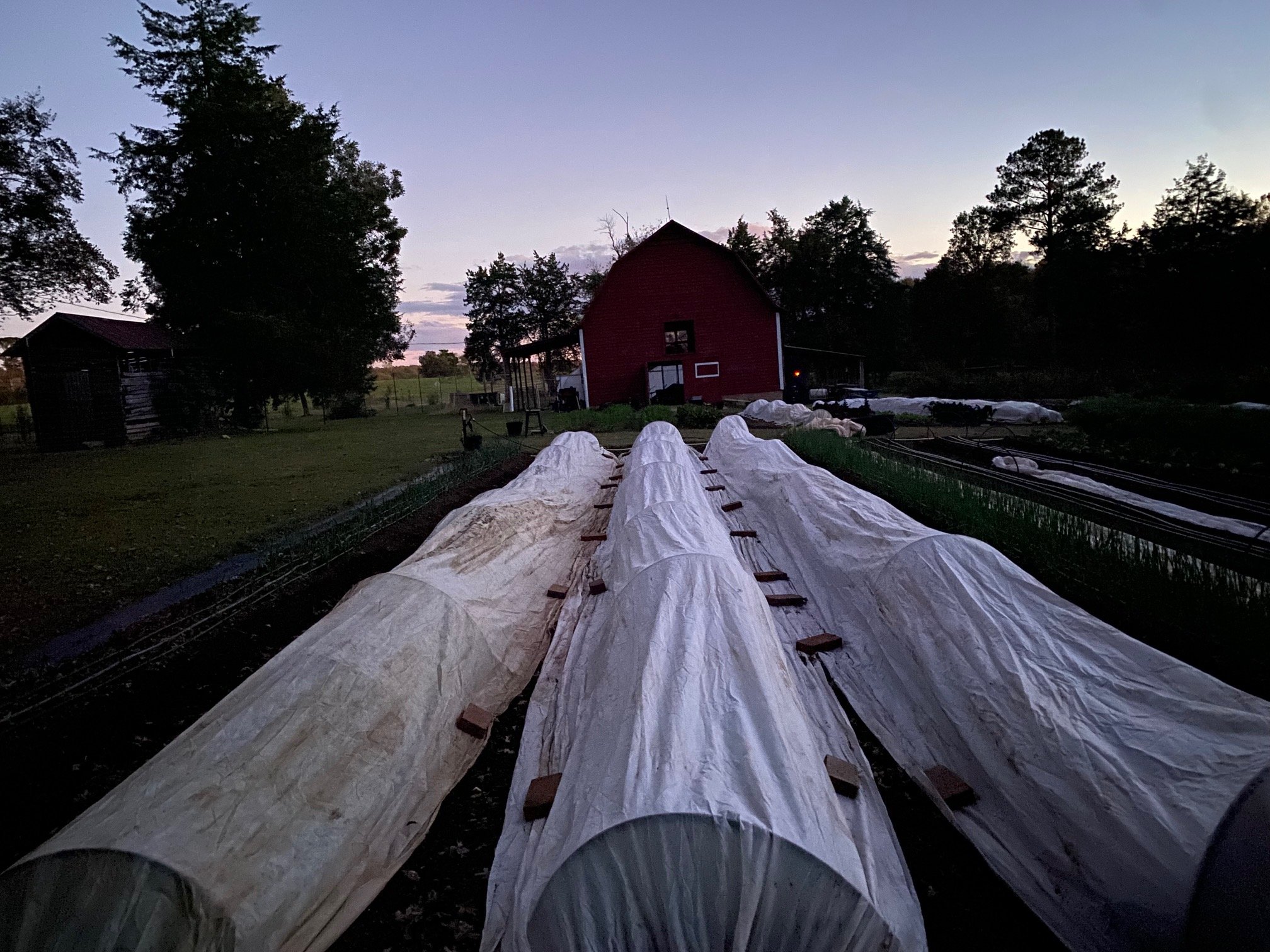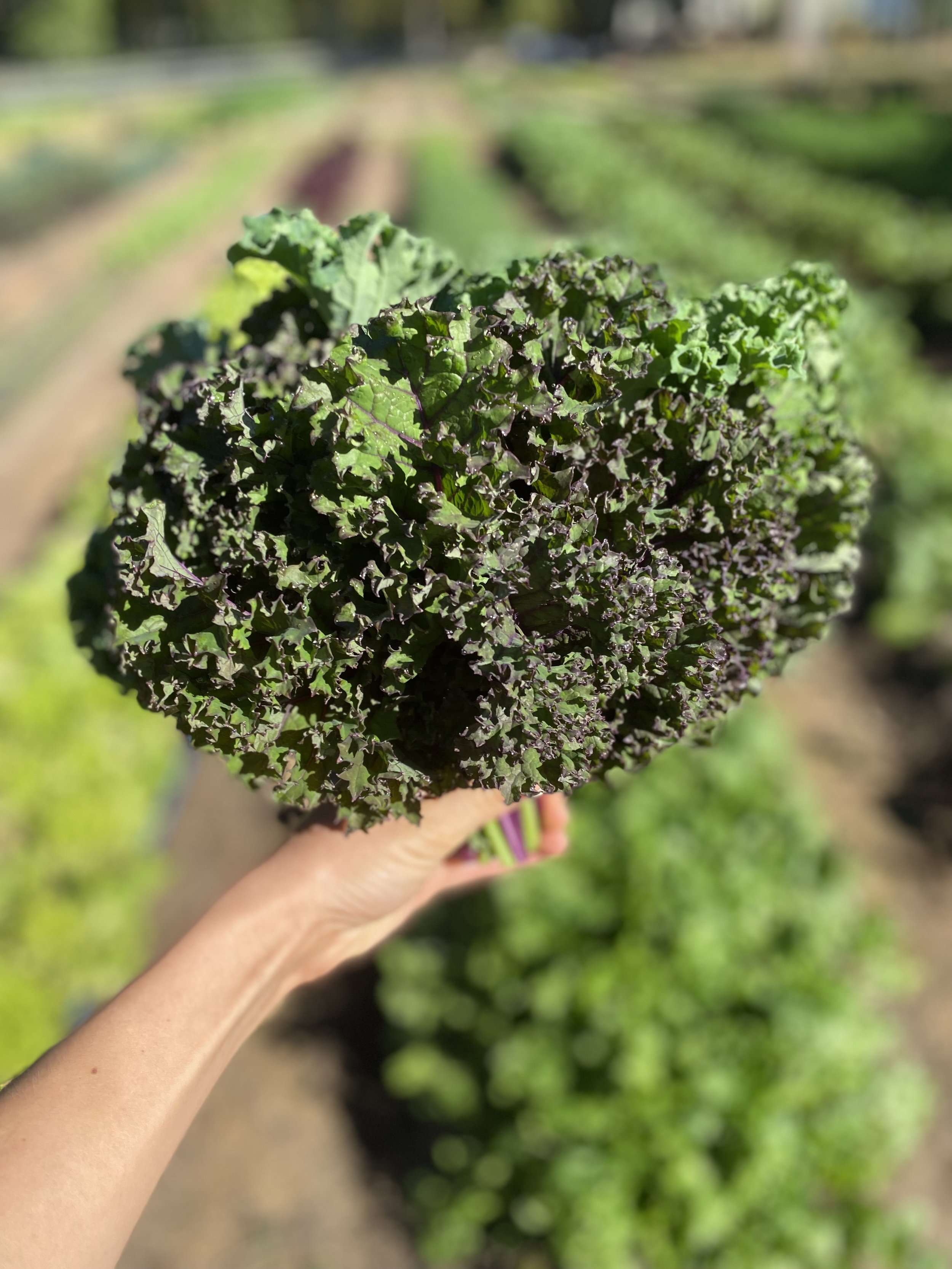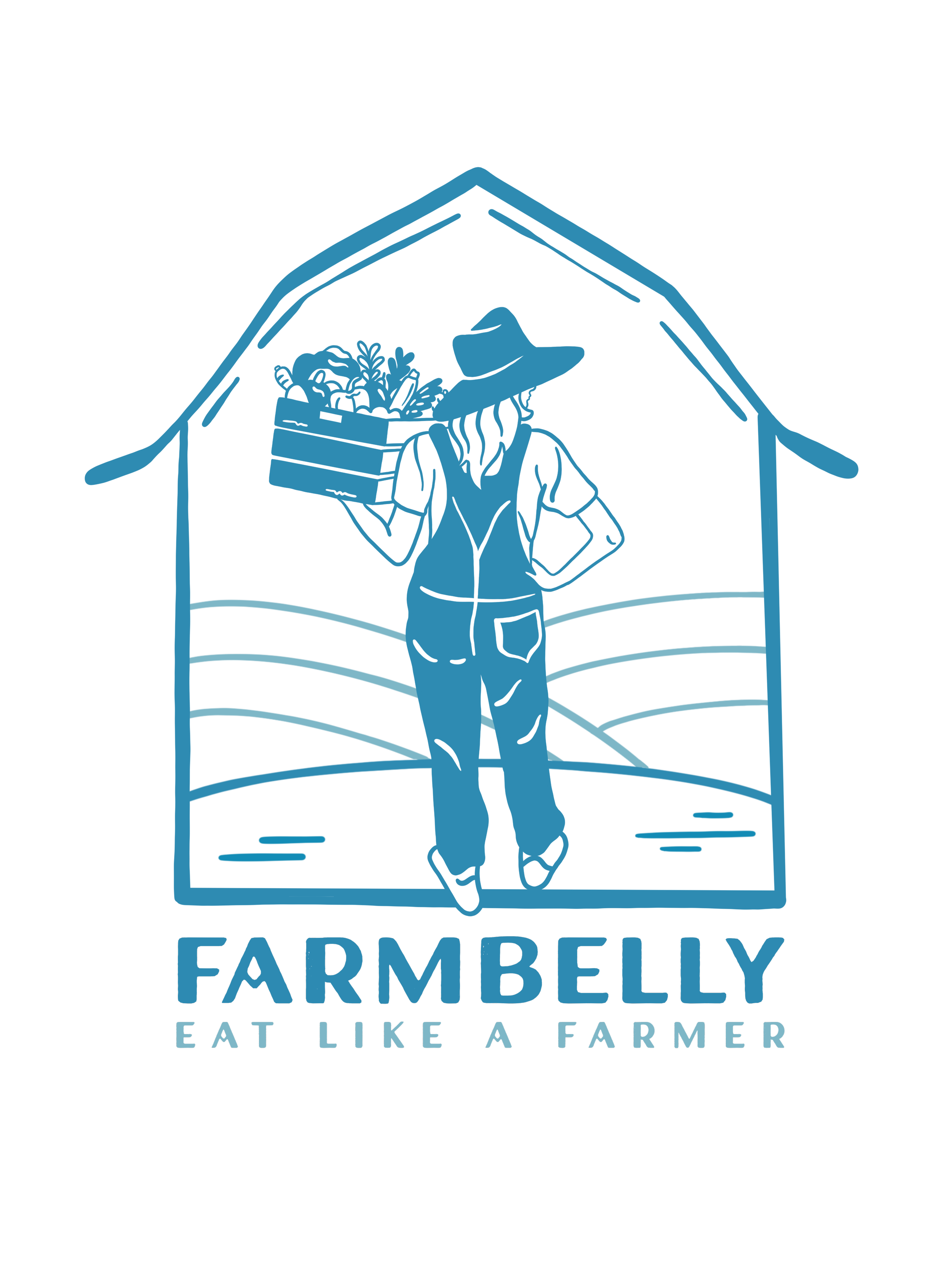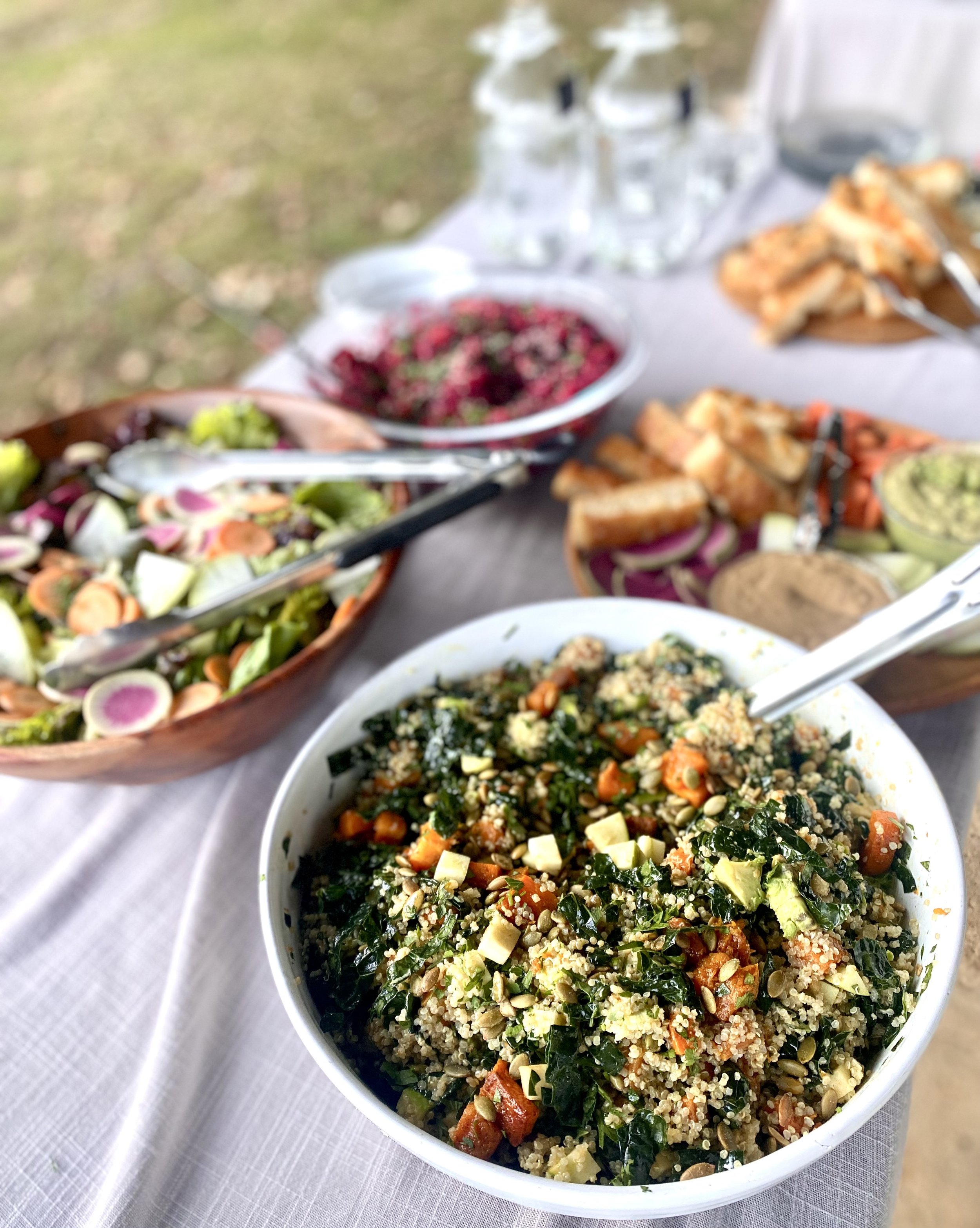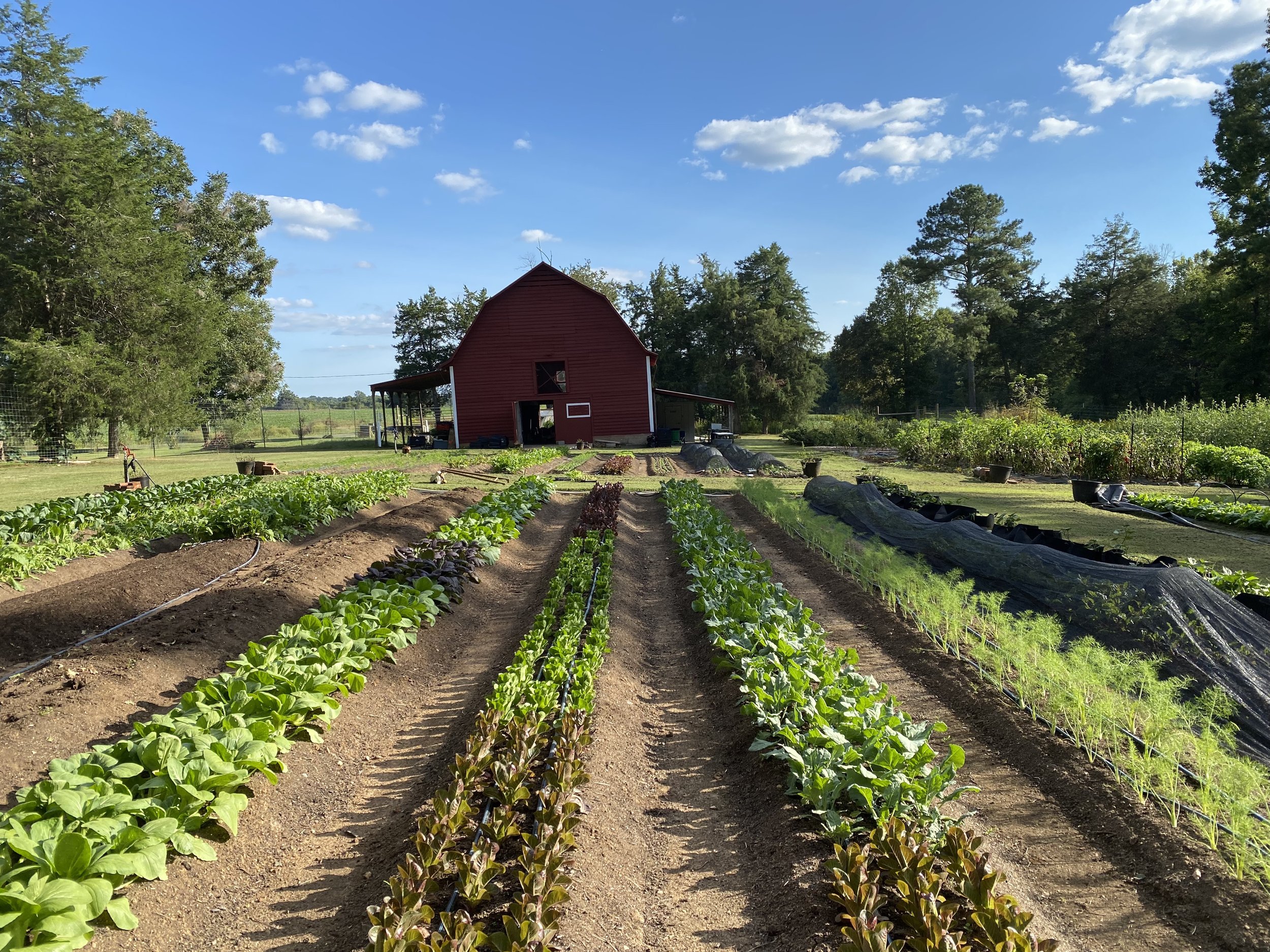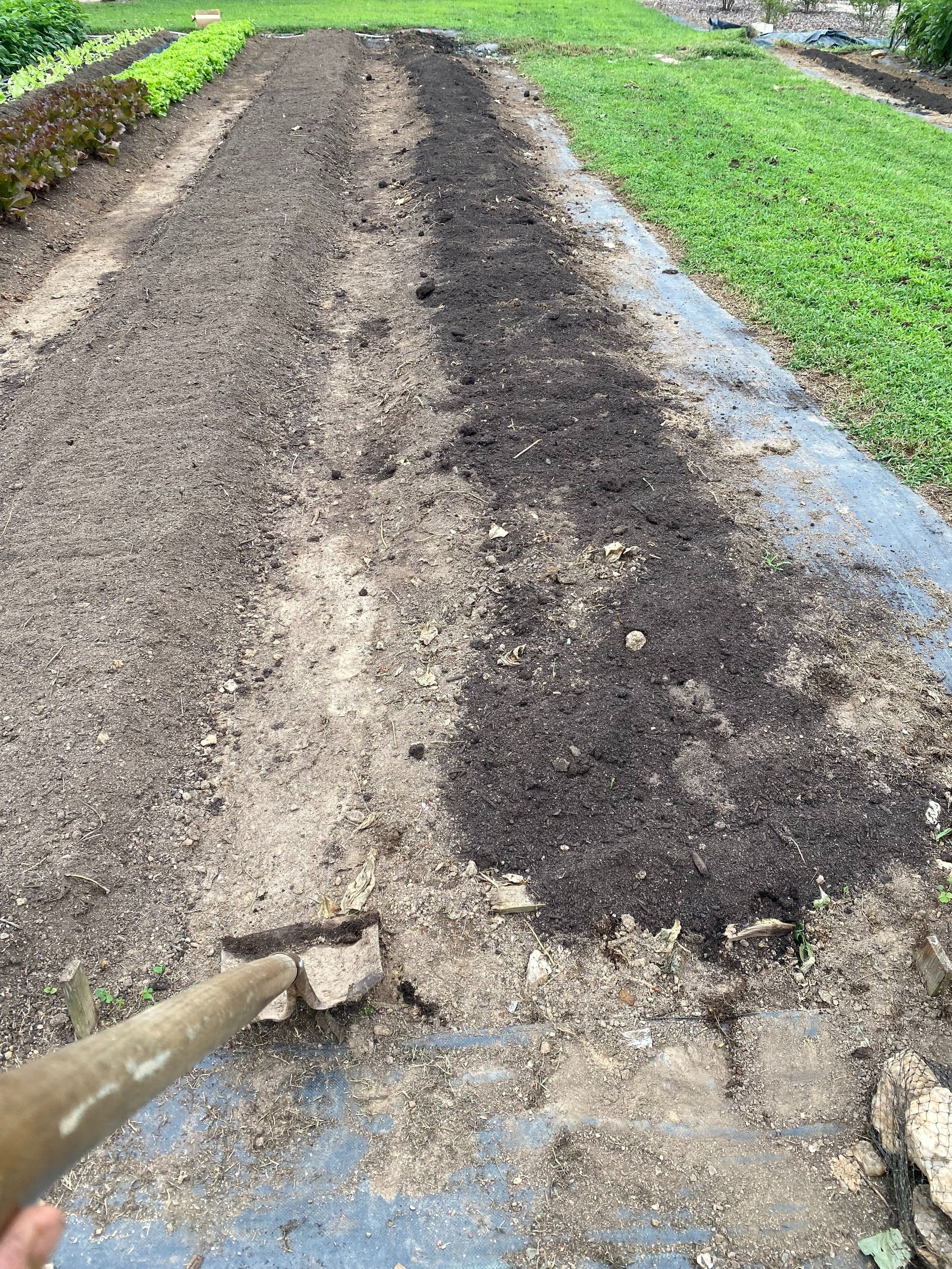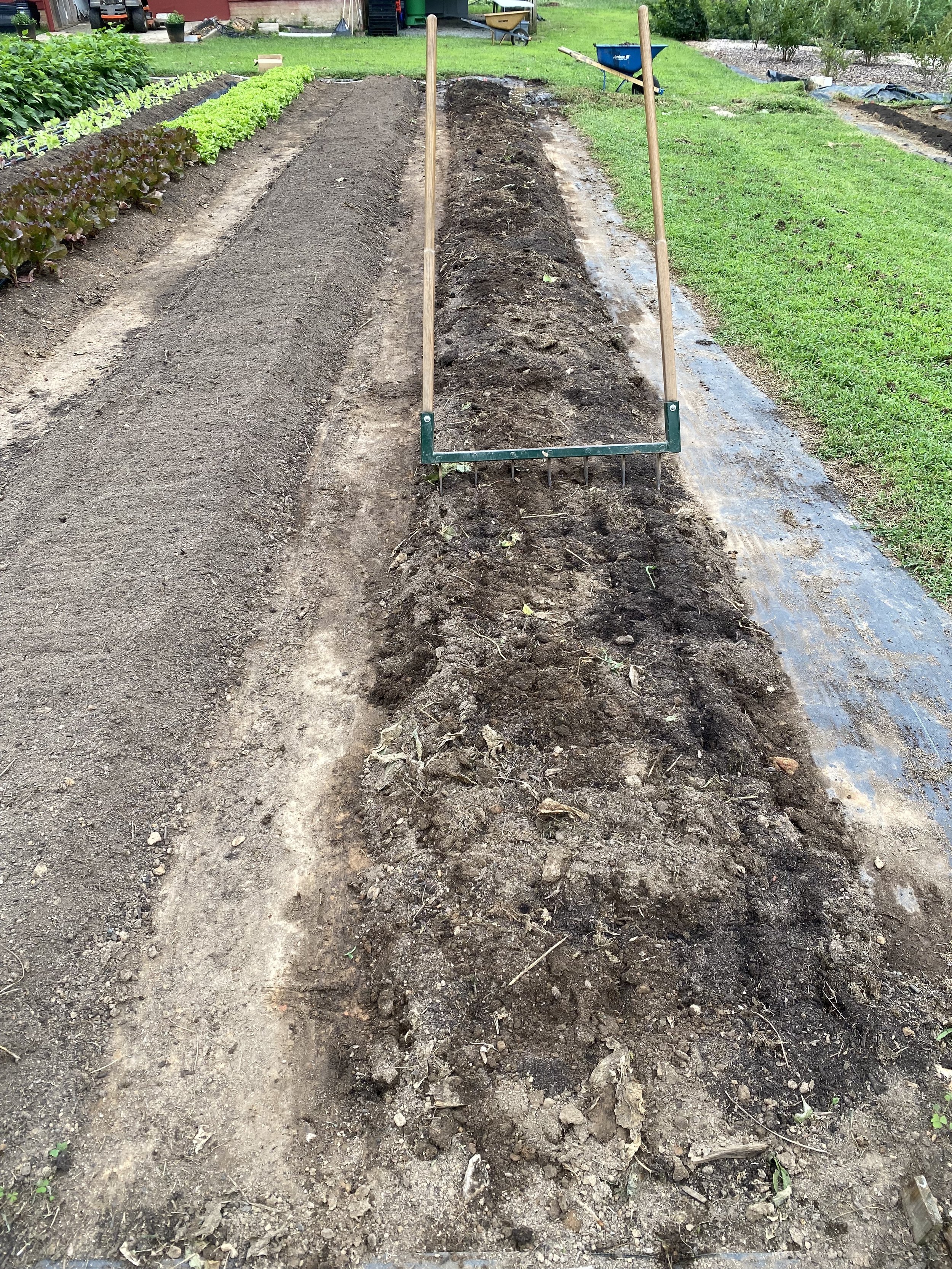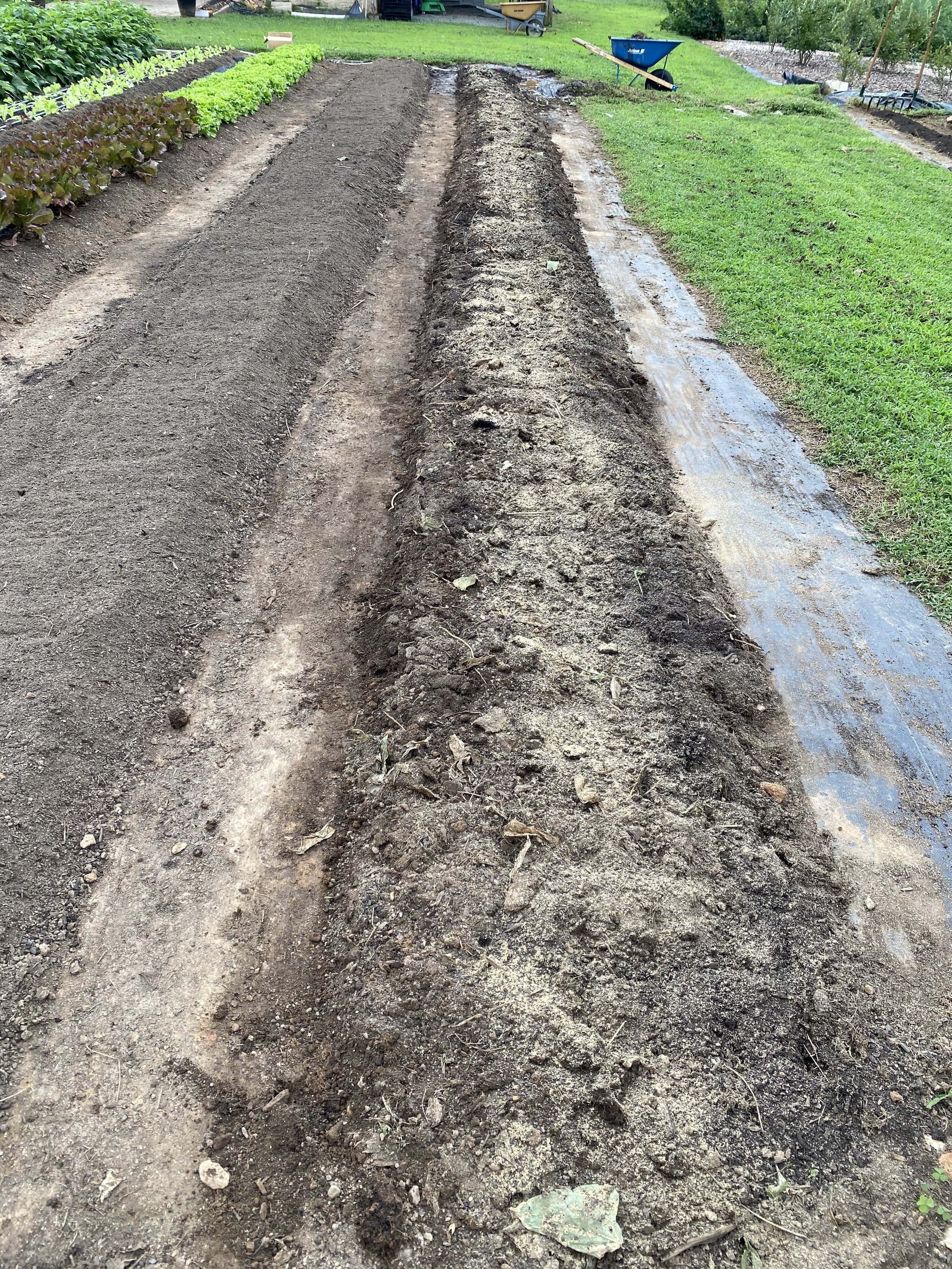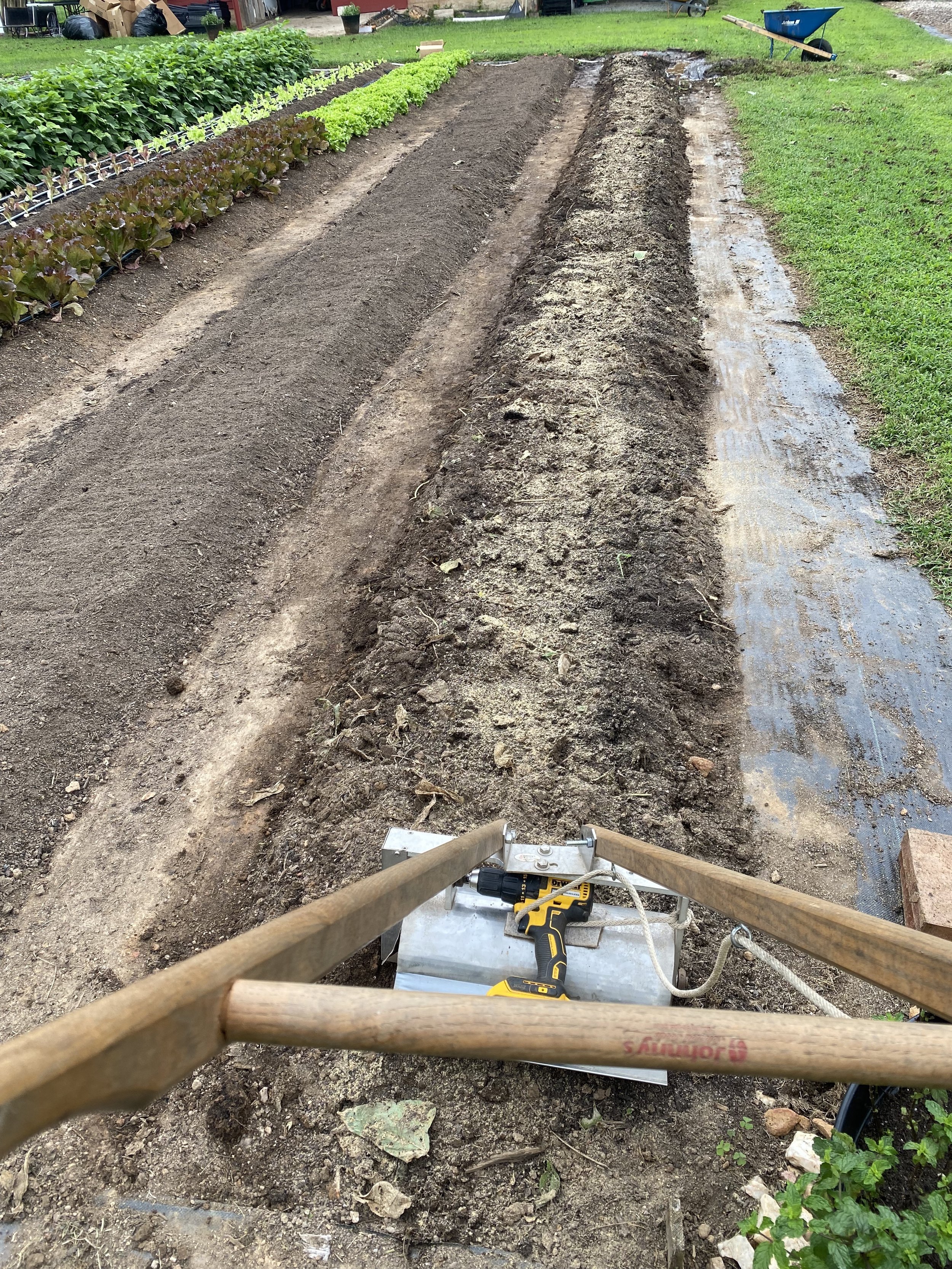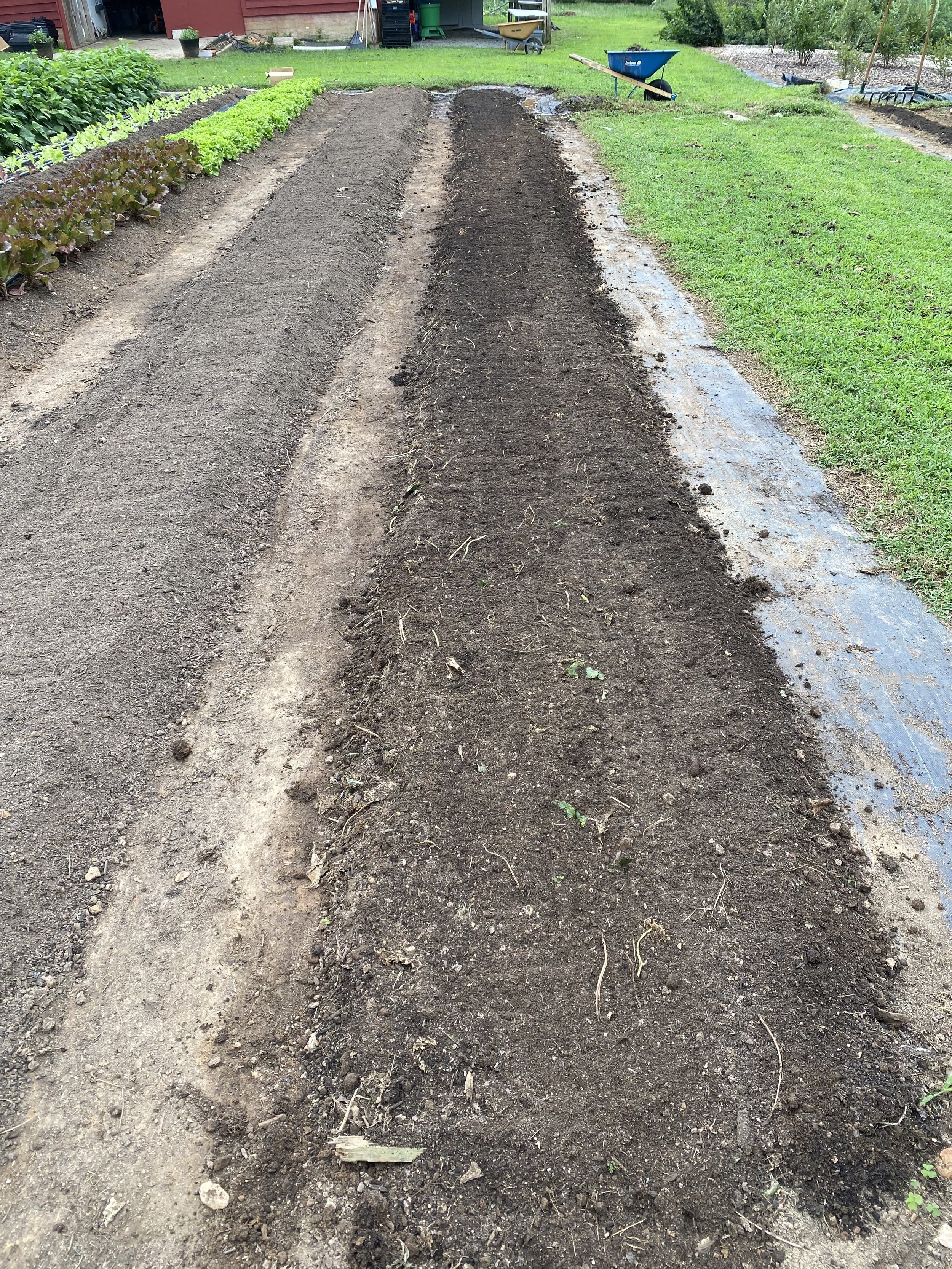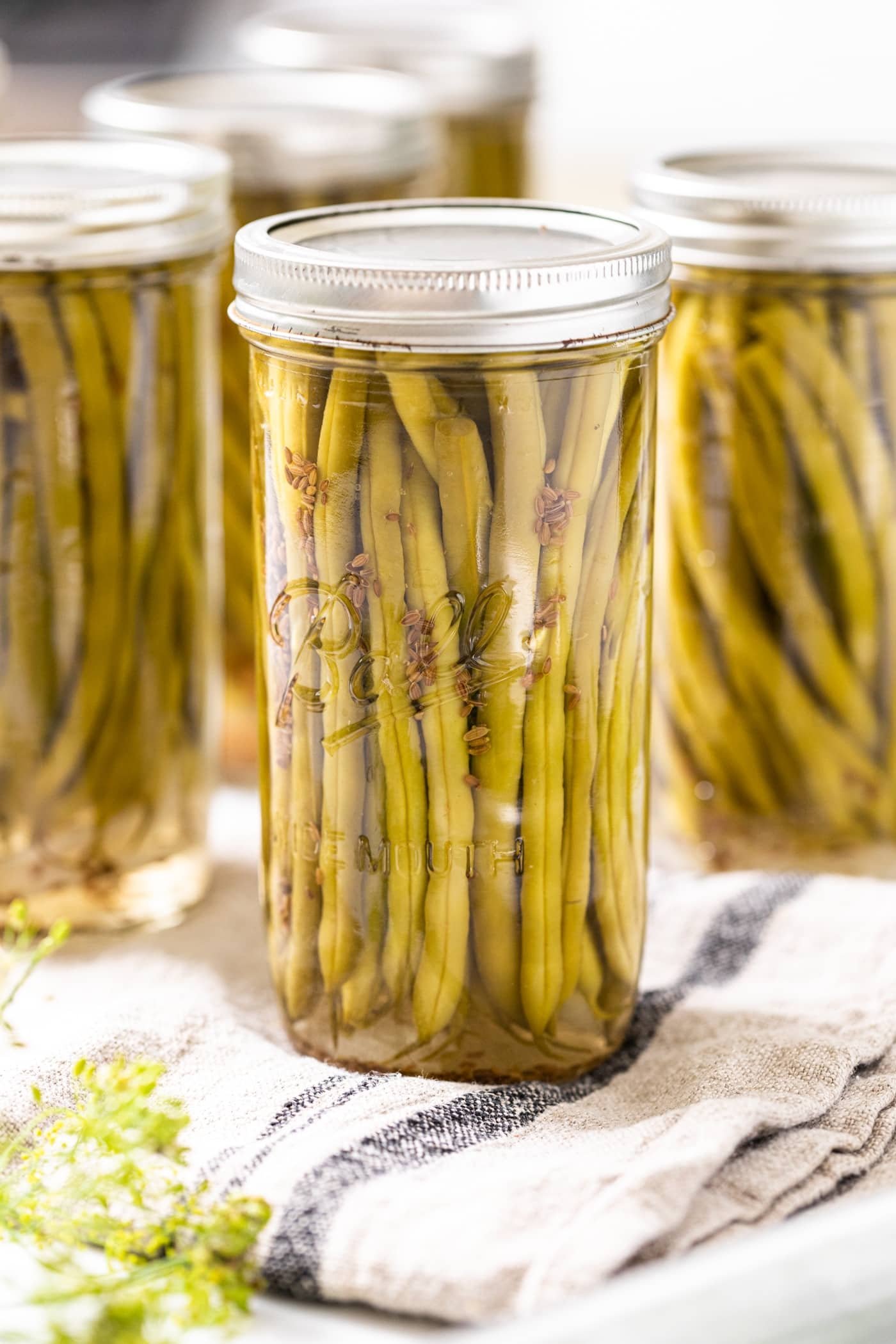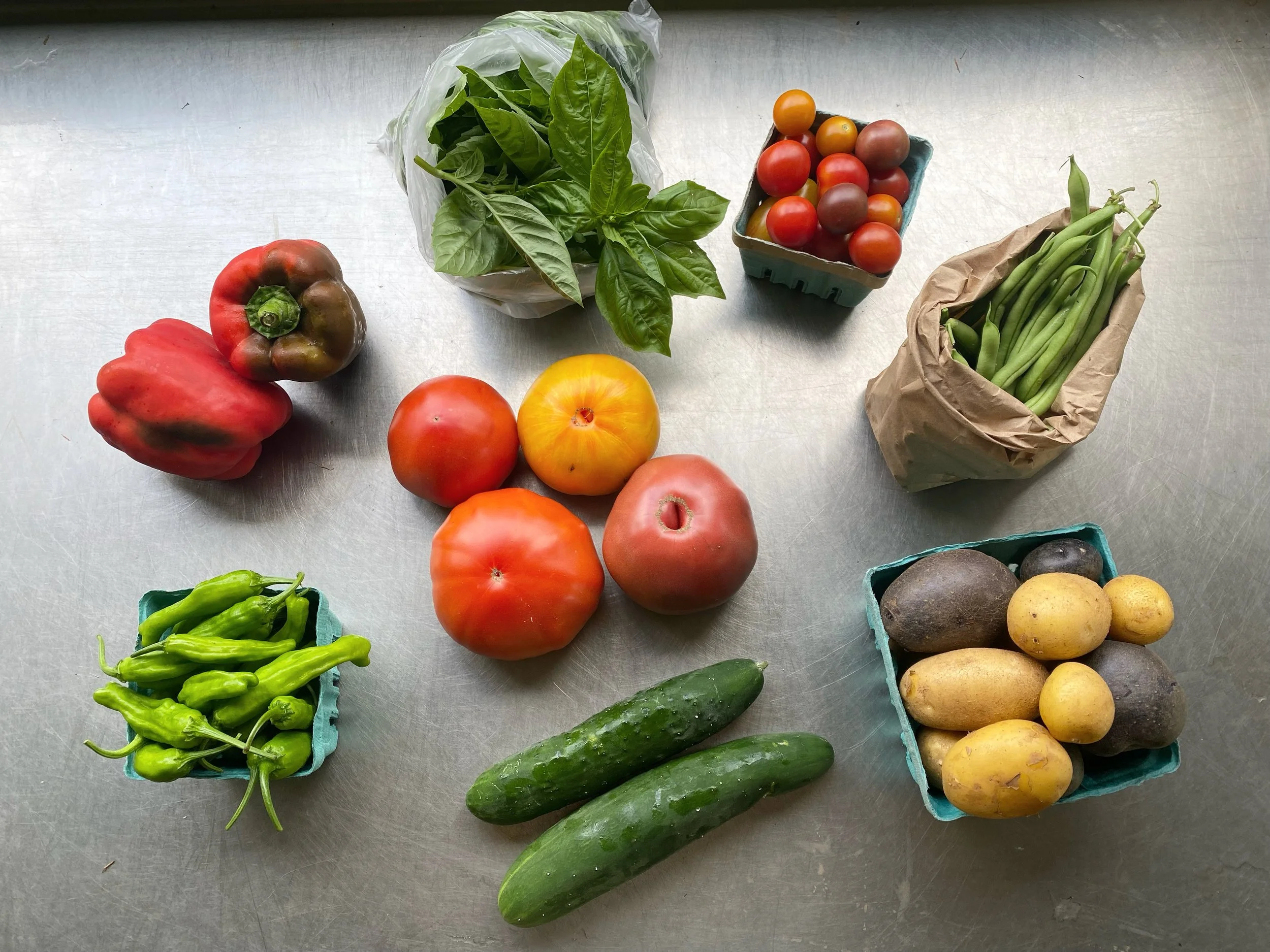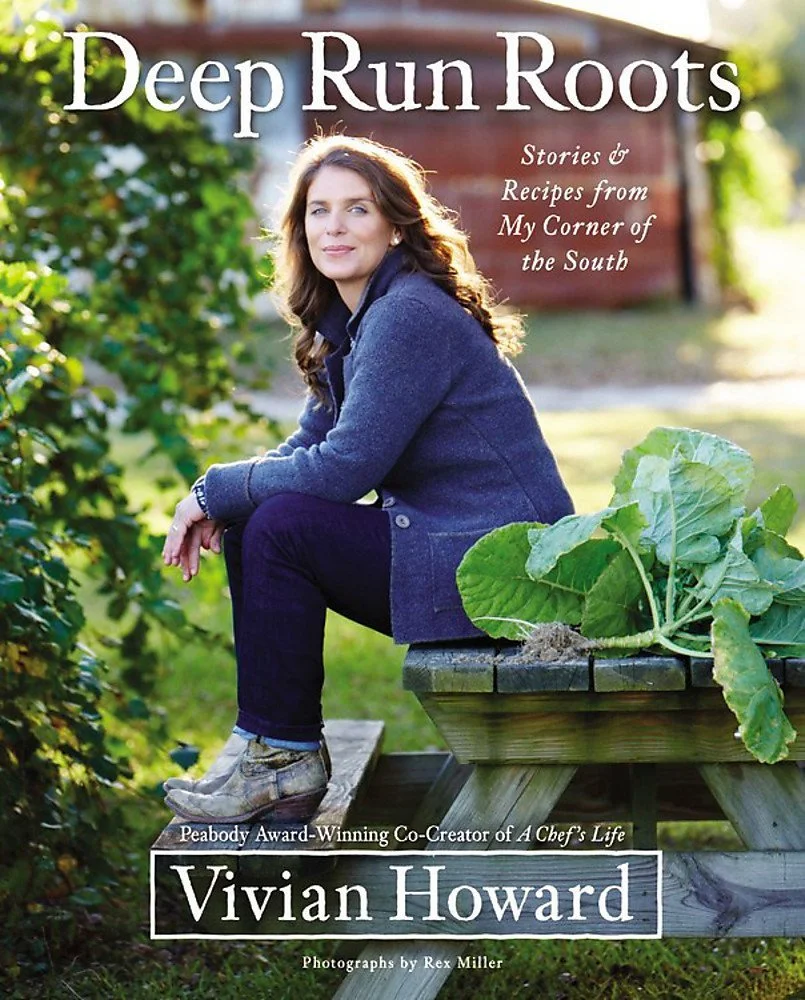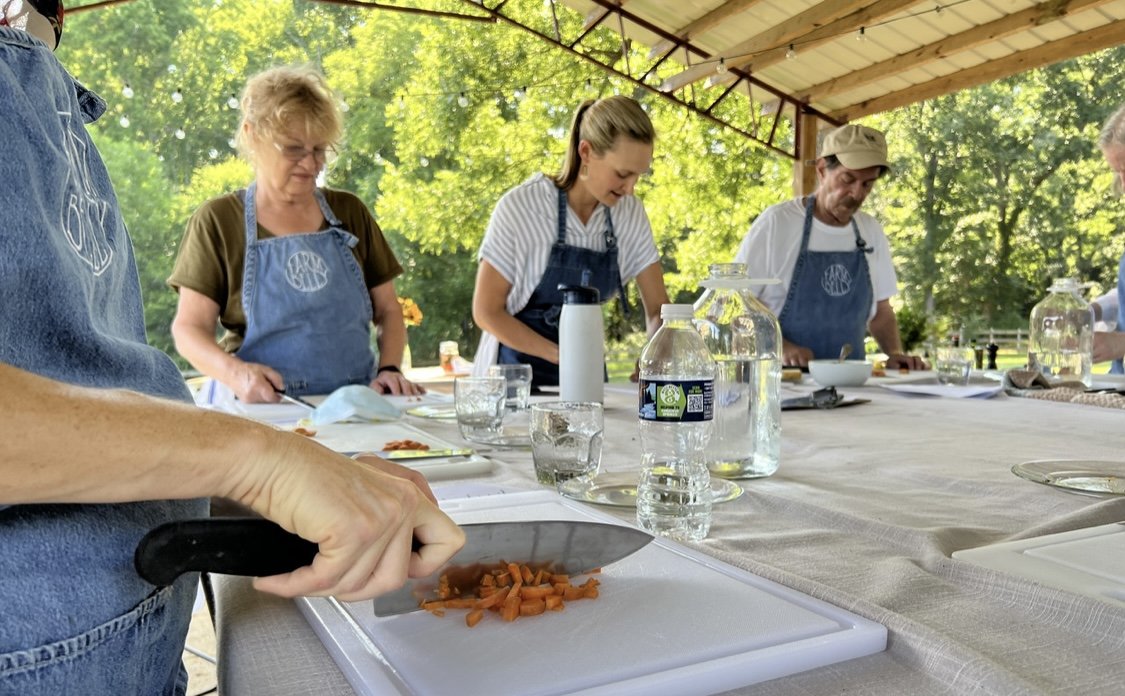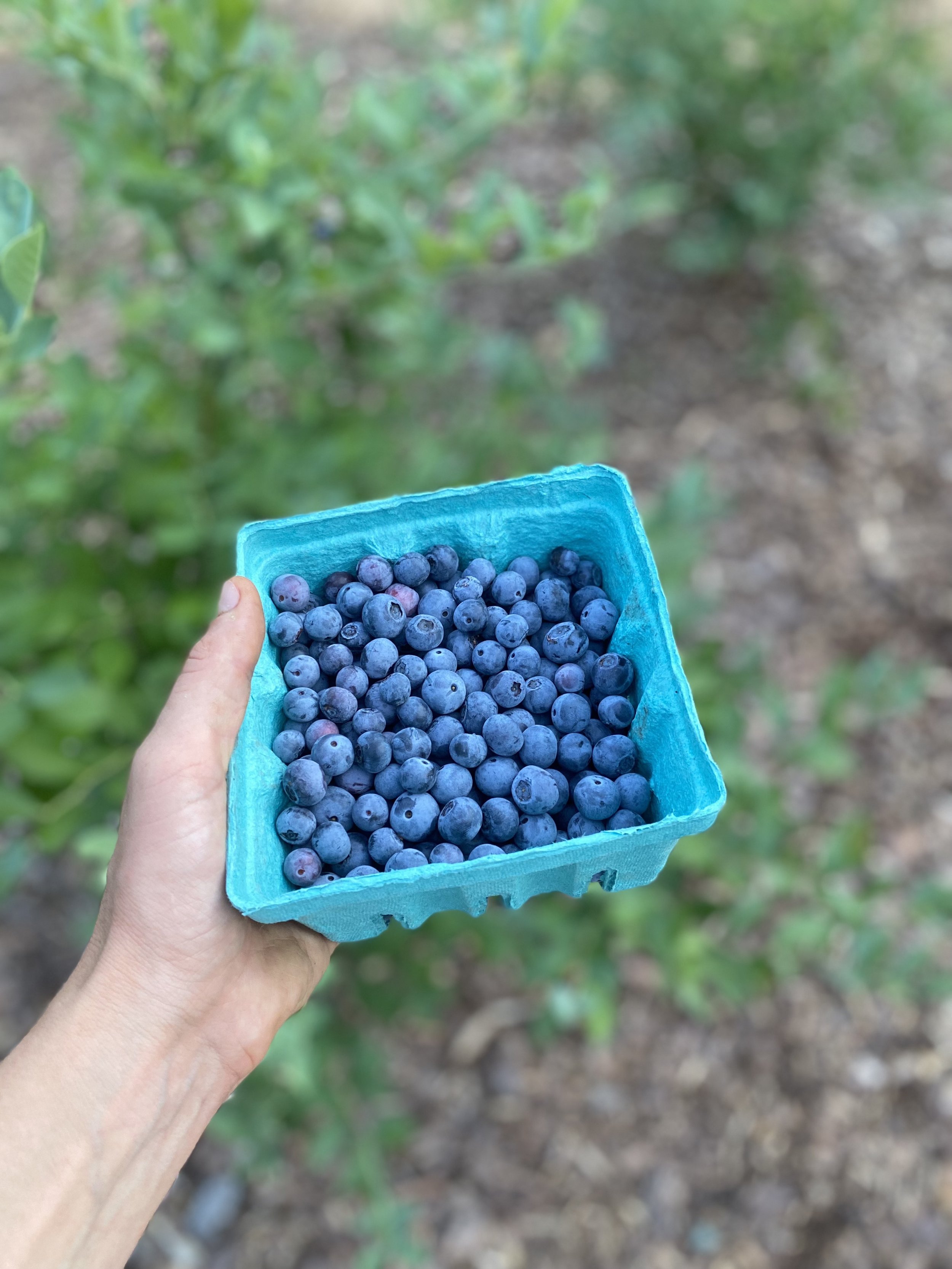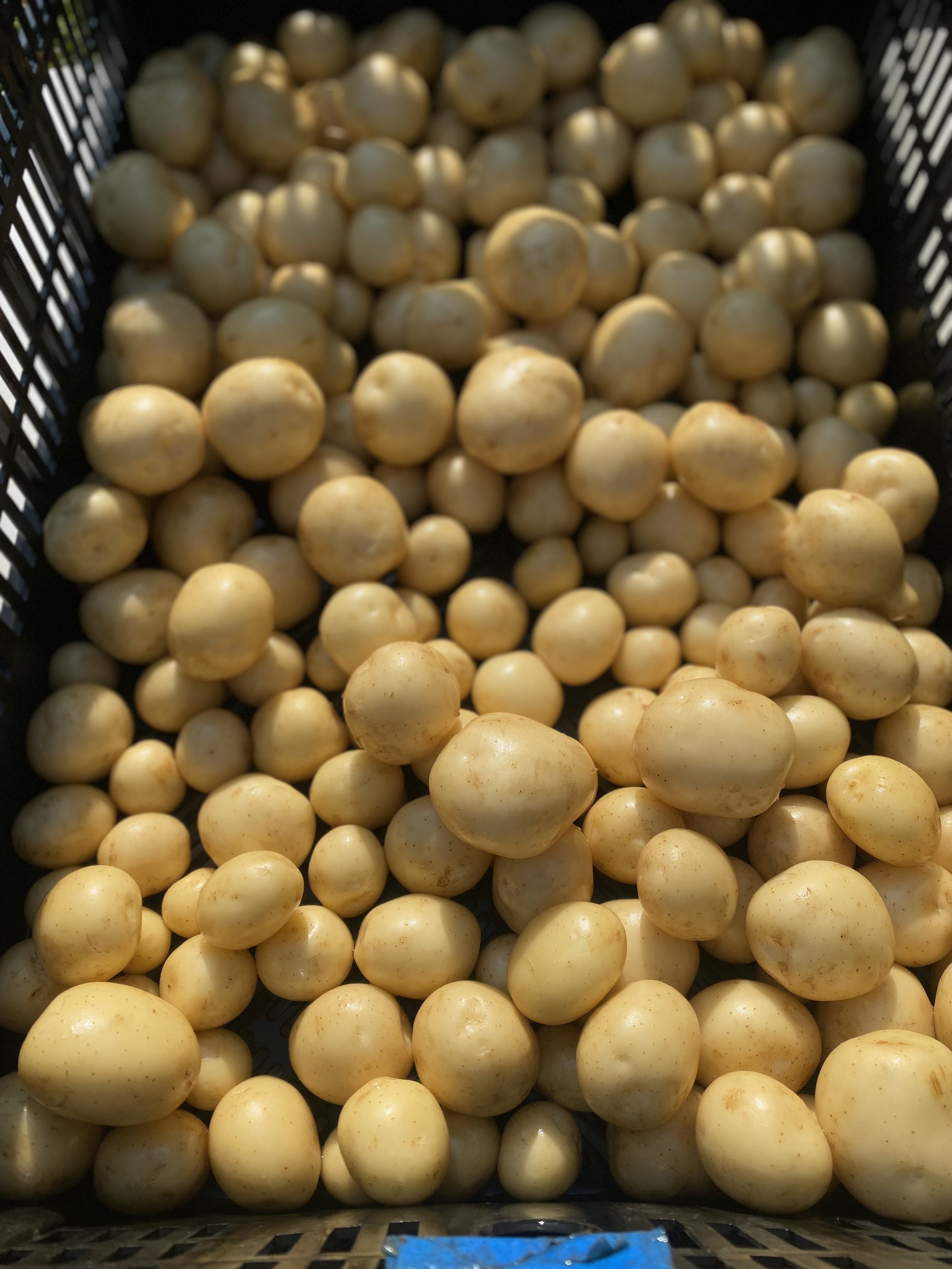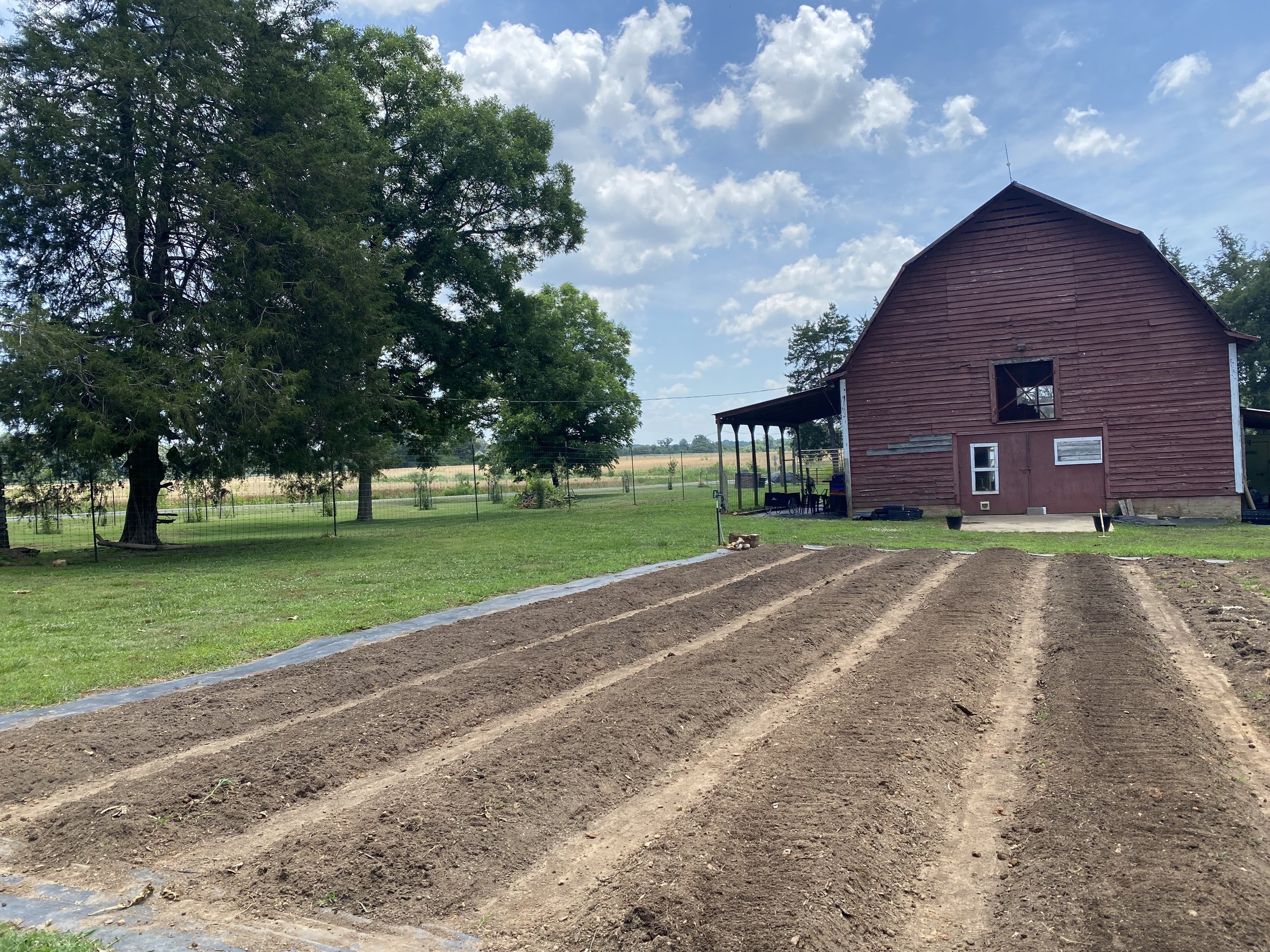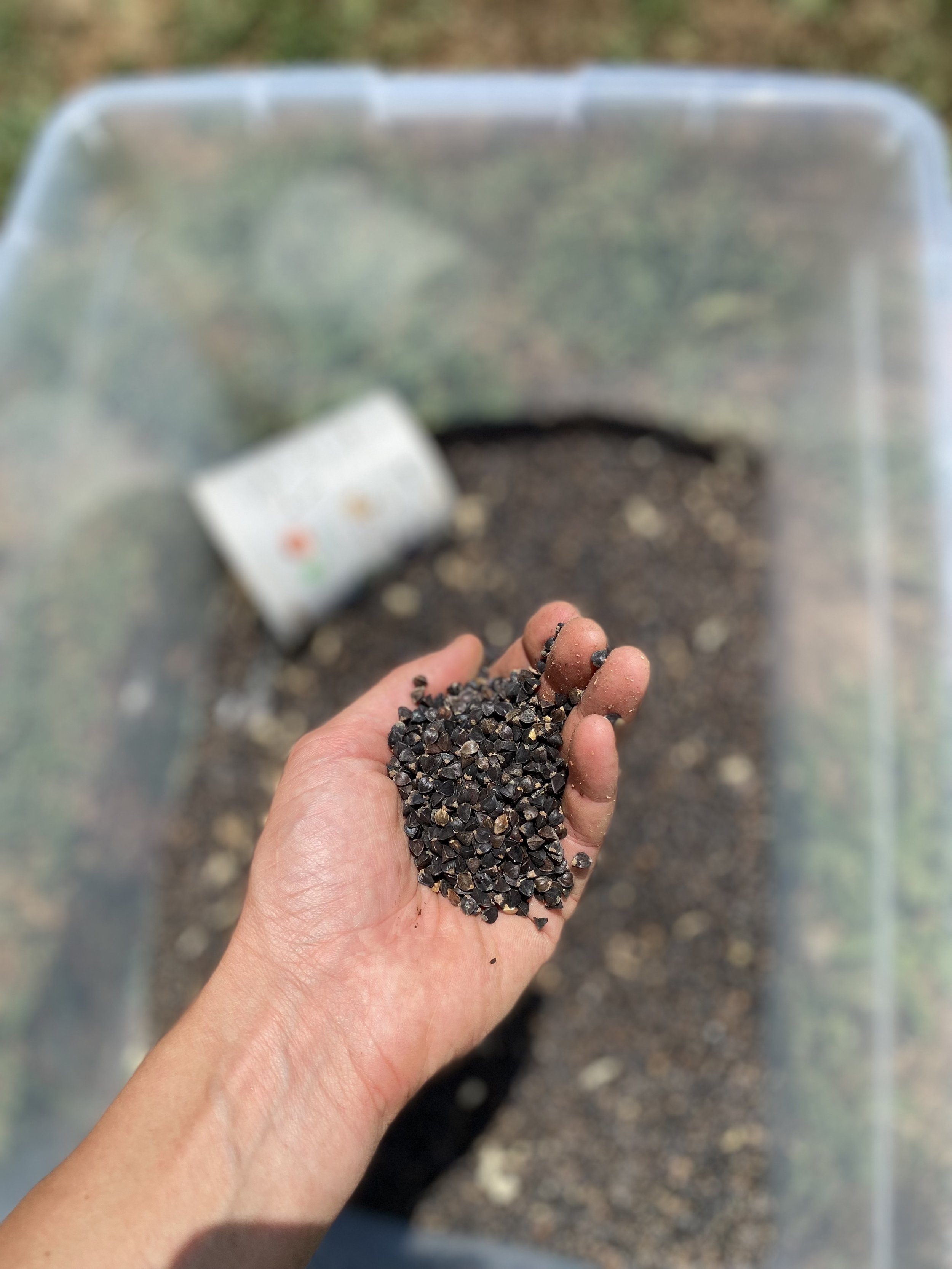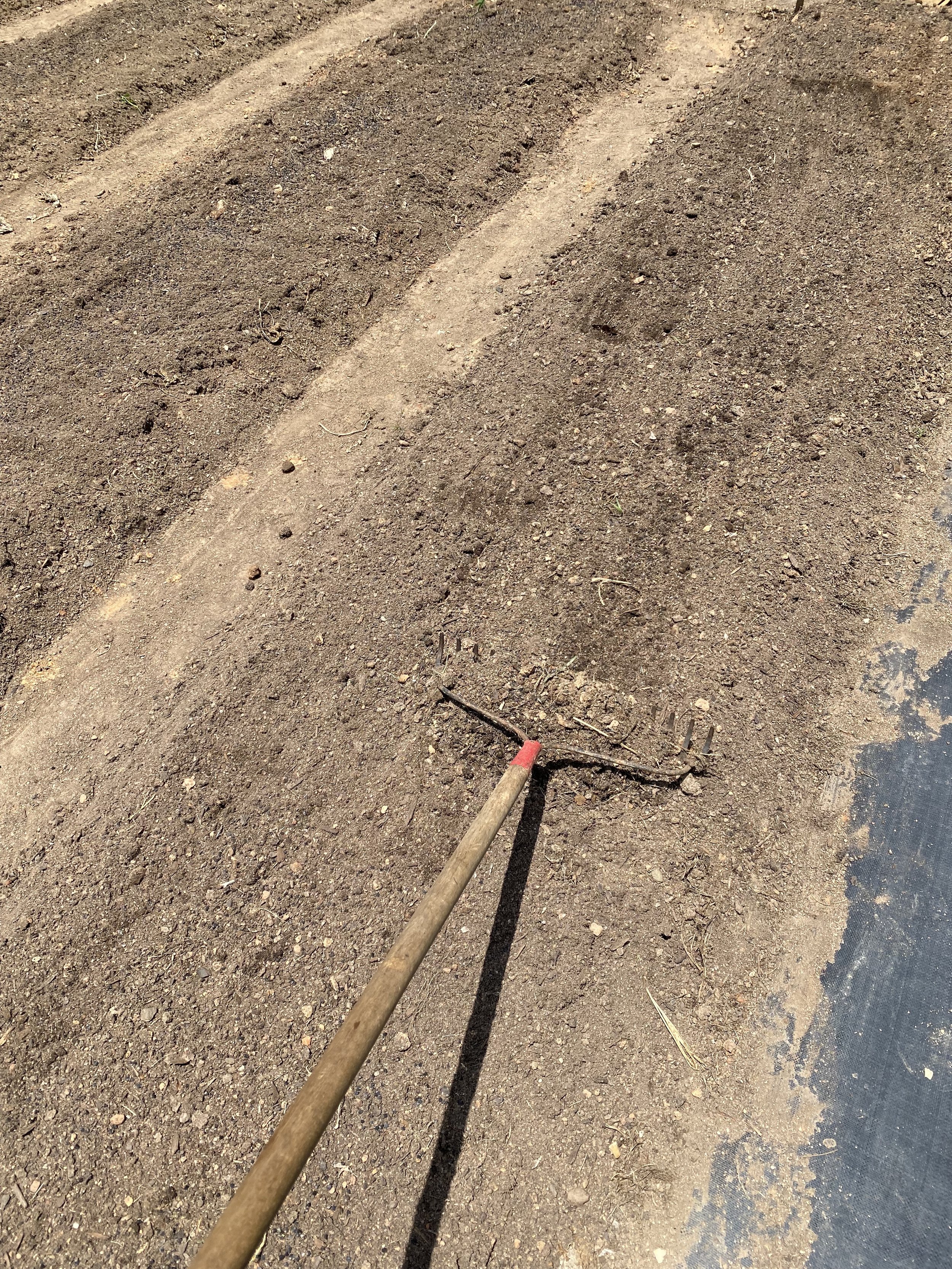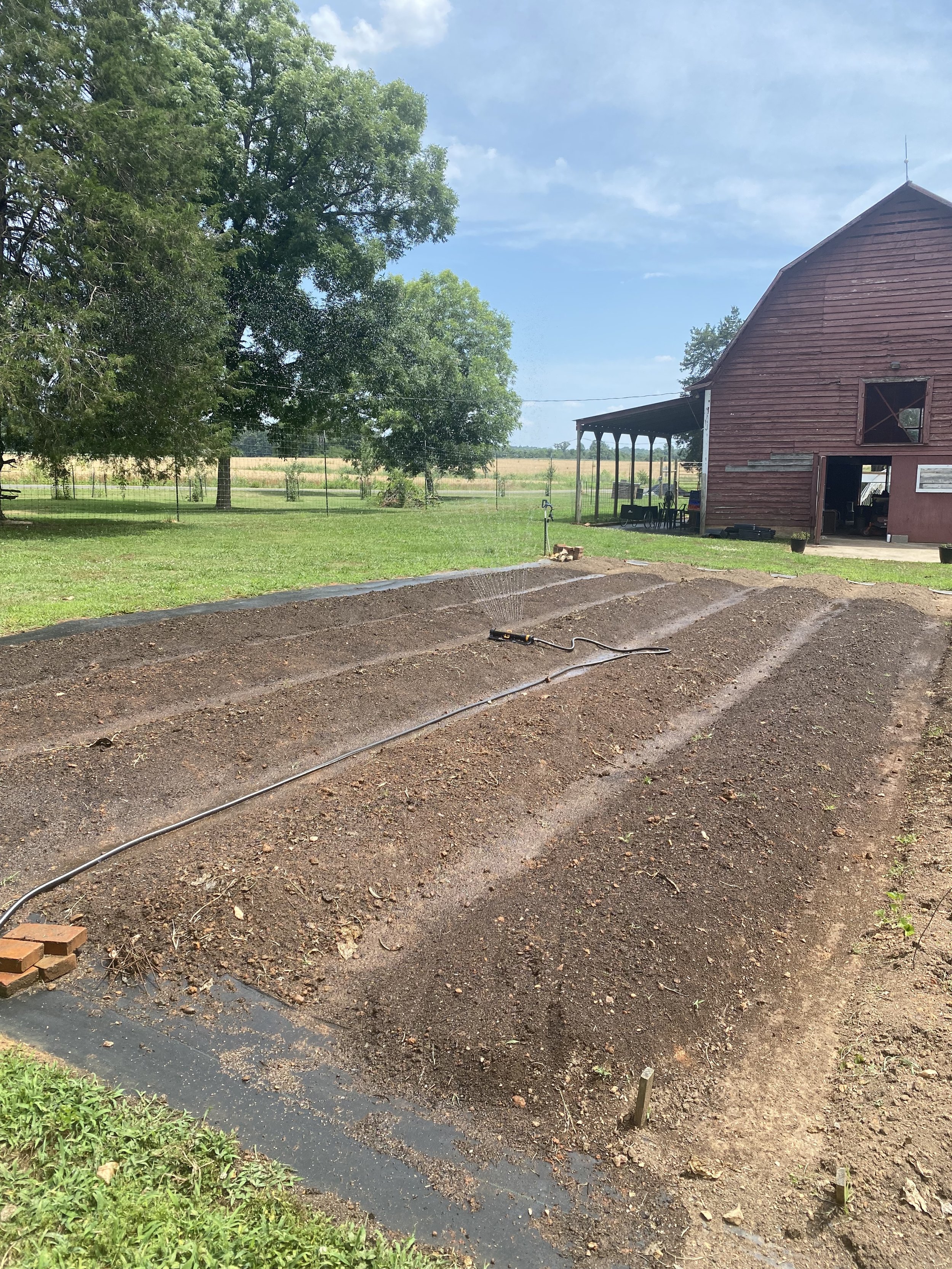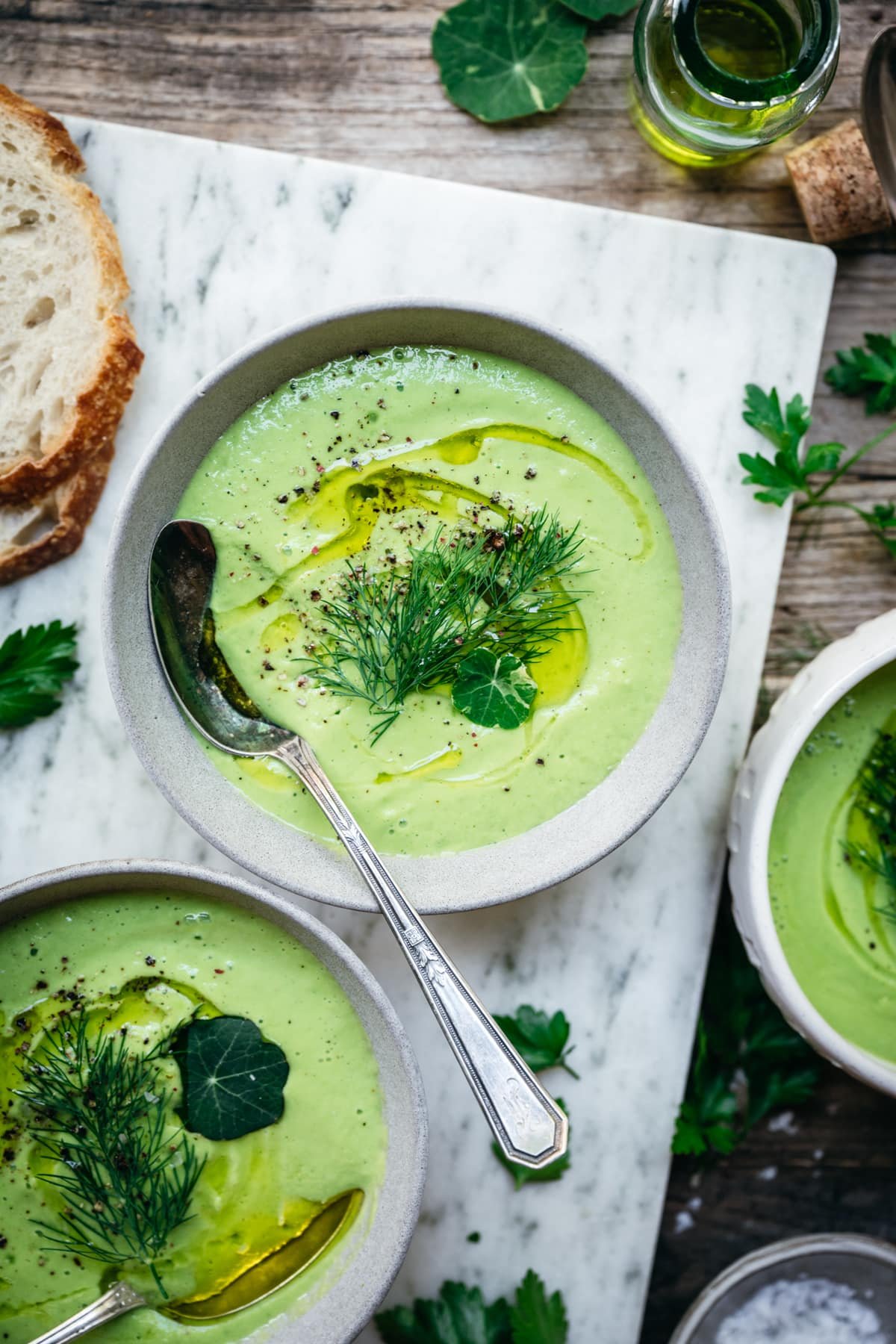Farm Notes
Well friends, we’ve (almost) made it to the end of the holiday season.. let’s all let out a big collective sigh and take a deep breath. I know the holidays are a whirlwind of emotions and activity, and I just hope the past few weeks have brought some form of new joy, renewal, and deliciousness into your life.
We’ve had a busy but really wonderful few weeks celebrating with our families, and we just returned from an epic road trip home from the midwest after our return flight was cancelled (like everyone else, it seems)! We decided to let Sawyer tell us how far we could drive, as we knew that a 13+ hour car ride with a 15-month old babe wasn’t ideal, but he was an absolute champ and we powered through, making it home around 1 AM. Even though it was a looong day in the car, we were so grateful to wake up at home and see our little farm out the window.
But because it’s never dull around here, when we got home our heat downstairs wasn’t working (and is still off, so I’m typing this wrapped under lots of blankets) and some frisky mice were running around like they owned the place. And then looking outside, there were tarps blowing around and the end walls on the tunnels ripped pretty badly from last week’s polar vortex… alas! None of that really matters, we are just so grateful to be safe and together and home.
An ending and a new beginning…
As I reflect on this year and look ahead to 2023, I’ve been thinking a lot about this space and how to best serve this community moving forward. And after a LOT of hard thinking, I have decided to end this chapter of the Farmbelly Club – with the intention of taking a step back and ultimately creating a more useful and engaging way to share all about life on our farm, and to keep sharing helpful information about growing, cooking, and eating good food with a broader community.
I’ll be honest that when I first dreamed up the Farmbelly Club over two years ago, I envisioned a dynamic online space where I could share the behind-the-scenes from the farm, and it would be a place to foster engaging conversations, share recipes and resources, troubleshoot kitchen + garden questions, etc. And if I’m being honest, I know that the current form of the Farmbelly Club (which is hosted via my website provider, Squarespace), hasn't quite created the dynamic online community that I originally envisioned (and that I promised to you, my amazing Farmbelly Club members).
And so, at the end of 2022 I will officially close the Farmbelly Club as it currently exists – but with this end comes the opportunity of a new beginning, and I’m truly excited to re-work how to better show up and serve this awesome community moving forward. In January, I will be switching over to a Substack newsletter – which will go out once a month to anyone and everyone for free, and once a week to anyone who would like to continue supporting this work, for $5/month. I’ll be in touch again very soon to let you know once the new newsletter has launched, and I’d be honored to have you join me there! THANK YOU for joining me on this journey, and for your grace and understanding as Farmbelly continues to evolve and grow.
So what does this mean for your Farmbelly Club membership?
You will have access to your Farmbelly Club member account for 30 more days (January 31, 2023). After 30 days, the Farmbelly Journal and recipes will no longer be accessible – though if at any time you would like access to any of those pages, please just email me (michelle@farmbelly.com) and I will happily e-mail any and all resources/pages that have been posted over the past 2 years.
If you are on a monthly billing plan and were charged in the last 14 days, you will be refunded for the entire month.
If you are on an annual billing plan, I will pro-rate a refund for you based on when your annual renewal took place.
Still have questions? Please send me an email (michelle@farmbelly.com) and we will talk it out! Again, I so appreciate your understanding and continued support – it really means the world. Here’s to new beginnings and a delicious new season ahead!
with love,
Michelle


























